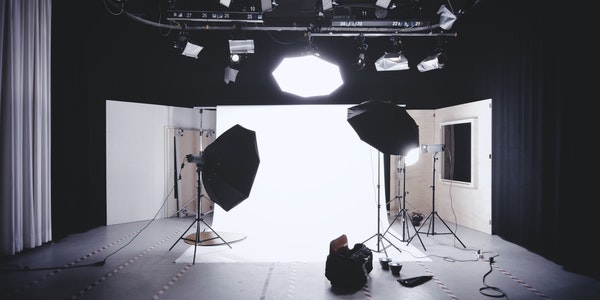Table of Contents
Types of Photographic Lighting Equipment
- Ledsfilm LS-BCL Bi-color series LED spotlight: adjustable brightness and color temperature, light color can be adjusted without color paper, low heat generation, LED screen display parameters.
- Tungsten filament floodlight: 3200K color temperature open floodlight.
- Ledsfilm SPL series of Fesnier lens spotlights: 3200K~5700K color temperature LED light, adjustable condensing degree, through the Fesnier lens to achieve the condensing effect.
- Ledsfilm HLD series LED video light: The most commonly used light for news interviews and studios, and can be equipped with 3200K color temperature and 5500K color temperature lamps.
- LED Fresnel camera spotlight head: portable news interview lamp produced by Ledsfilm, AC/DC dual power supply.
- LED camera headlights: used for close-range news interviews and shooting. To
- LED portable light for outdoor shooting: adjustable brightness and color temperature, battery-powered.
- Soft light box: A single internal light source cooperates with a soft cover to achieve a soft light effect.

Photographic Metering
Multi-zone metering
Multi-zone metering is also called evaluative metering, which divides the screen into several regions. Reorganize them after independent calculations. To obtain a complete exposure value, the multi-zone metering method often gives priority to the main target being focused, because in most cases, the main target of focusing is the part that needs to be correctly exposed.
With multi-area metering, even people who don’t know anything about photography can easily obtain accurate exposure results. Therefore, multi-area metering is currently a relatively advanced and popular metering method, and it is also the default metering method for current high-level automatic cameras.
Center-weighted average metering
Center-weighted average metering is a metering mode commonly used by most cameras, and it is also widely used. Center-weighted metering means that the exposure reading is most affected by the central area and least affected by the four corners of the screen. Usually center-weighted metering is more sensitive to 2/3 of the center of the screen. Some cameras pay attention to the bottom of the screen to reduce The influence of the sky on the scenery.
Under normal shooting conditions, center-weighted metering is a very practical metering style, but if the subject of the screen is not in the center or is shot against the light, it may cause metering errors.
Spot metering
Spot metering, also known as spot metering, is to meter 1%-5% of the viewfinder area. Spot metering mode is rarely used and difficult to master. But in some cases, spot metering can play an important role.
Understand the circumstances under which spot metering should be used and the correct use of spot metering. On the one hand, the subject can be accurately exposed, and on the other hand, the “sensitivity tolerance” can be used to create wonderful pictures that cannot be seen in reality.
Application of spot metering mode: the situation where the light distribution is uneven and the contrast is great, such as under backlight. If spot metering is not used in this situation, the exposure of the subject to be expressed may be inaccurate, and the subject will become a silhouette when it is too bright , The picture is whitish without gradation or too dark to see the details.
What is Photography
The term photography is derived from the Greek word φῶς English: phos (light) and γραφι English: graphis (painting, drawing) or γραφή graphê, the two words together mean “drawing with light”. Photography refers to the process of using a certain special equipment to record images. Generally, we use a mechanical camera or a digital camera for photography. Sometimes photography is also called photography, that is, the process of exposing the photosensitive medium through the light emitted or reflected by the object. An incisive language that someone has said: The ability of a photographer is to transform the fleeting and ordinary things in daily life into immortal visual images.
Citation Explanation of Photography
- Take pictures, make movies or TV. Zheng Ze, “Reenzi Autumn Blunt Temple Invited Photographs and Poems Presented”: “Photography Ji Shengyou, either left or right.” Hong Shen’s “Film and Drama Performance” Chapter 1: “Drama cannot be like life Some of the photographs reflect the scenery undistortedly.” Such as: studio.
- Refers to photos. The eleventh chapter of “Nie Hai Hua”: “Chang Ru opened it and saw it, and then opened the paper bag, but it was densely wrapped, until the last layer, the one-foot-large Western French photograph was exposed. There are two pieces on the top. A beautiful Western woman.”
- The extension refers to the truthful reflection. Huang Ren’s “Preface to Qing Wenhui”: “There is a generation of political and religious customs, and there is a generation of academic thought. It’s written in Japanese.”
- Photography is a photographic applied science produced with the formation and development of traditional photographic technology. Based on photographic optics, photographic chemistry and electronic technology, it has formed a unique photographing system in long-term practice.
Exposure Process
When taking pictures, light enters the cassette through a small hole (more often a lens group), and forms an image on the medium on the back of the cassette (relative to the light incident direction). Depending on the actual light intensity and the light sensitivity of the medium, the required light time is also different. During the illumination process, the medium is exposed to light.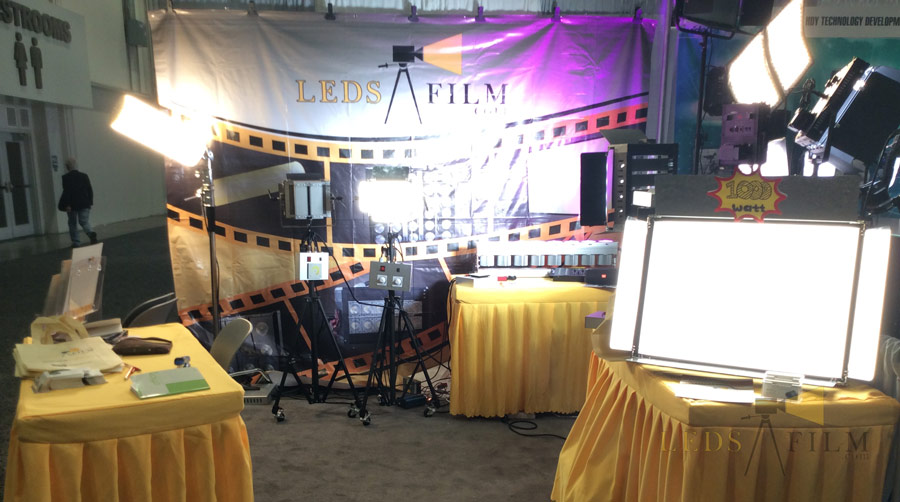
Post-production
After the photography is completed, the image information stored in the medium must be converted and read by the human eye again. The specific method depends on the photosensitive means and the characteristics of the medium. For film cameras, there will be chemical processes such as fixing, developing, and amplifying. For digital cameras, the pictures need to be processed by a computer, and then output through other electronic devices.
Equipment used
Generally speaking, people use visible light to take pictures, and the most commonly used is a camera. There are many categories of cameras due to different scenes and uses. Generally speaking, a camera must have several basic parts to ensure the exposure process, including: photosensitive medium, imaging lens, exposure time control mechanism, film cassette, storage medium, electronic photoreceptor, and electronic storage medium.
A Brief History of Photography
On May 5, 1842, a fire broke out in Hamburg, Germany. The fire burned for four consecutive days. Biuwu and Stelzner rushed to the fire site and took many photos of the ruins. Later, most of them were separated and only survived. One picture. This shooting and this photo are the world’s first photojournalism and the first press photo that is recognized today.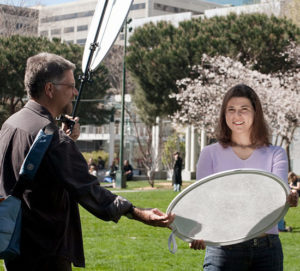
The birth of photography came into being with the development of European capitalism. For more than 150 years, it has experienced a process of development from simple to complex, from low speed to high speed, and from manual to automated direction, but it has never been separated from its origins. , The traditional mode of camera and film is always inseparable, passed on from generation to generation until today.
For more than 100 years, people have been struggling to find a new photosensitive material and a more convenient and practical photography method to replace the complicated, outdated and backward traditional photography method. Since the end of the 20th century, with the rapid popularization of computers in various fields, the digital age has come, bringing new impacts to people’s work and life, and the emergence of digital cameras have opened up a world of rich digital images. The birth of digital cameras has fundamentally changed the traditional photography technology and photography system. It not only affects and changes the management concepts, management methods, management and service quality of the photography industry, but also leads to the creative concepts and creations of every photographer. Method update. It can be said that digital photography is a very eye-catching revolution in the field of photography technology at the turn of the century.
Digital photography has created new opportunities for the development of photojournalism, pictures and other types of photography. In the transition period of old and new technologies, whether we can respond quickly, cut in early, and fully enjoy the creative pleasure that high-tech provides to mankind is also our photography. New issues facing workers.
The birth of digital photography has launched a severe challenge to traditional photography, forcing us to start from scratch to understand digital cameras. The digital camera is composed of countless 0s and 1s arranged together in a computer or electronic device. In layman’s terms, a digital camera uses electronic components (usually CCD or CMOS) instead of film as a photosensitive material and saves the images recorded by the object in digital form in a memory card that can be reused many times. camera. The rest is left to the computer (also known as the “electronic darkroom”) to complete.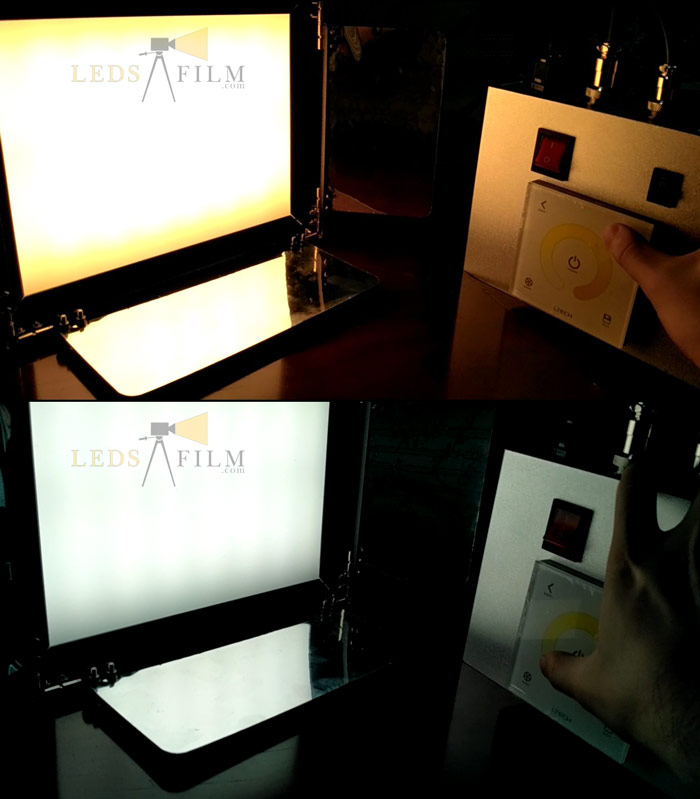
Modern society has entered the digital age. With the computerization of image processing, the communication satelliteization of transmission methods, and the development of a large number of colorization trends, it is bound to bring new prosperity and development to photojournalism, especially in China. The application of cameras in photojournalism is still in a period of ascent and development. Photojournalism will make full use of the powerful advantages of computers to play a new unique and important role in the field of information dissemination with a new look and attitude.
Photography Category
Still Life Photography
Still life photography is opposite to portrait photography and landscape photography. It uses lifelessness (this lifelessness is a relative concept, such as fish and shrimp caught from the sea, and fruits and fruits that have been removed), and objects that can be freely moved or combined by humans. Photography. Most of the shooting subjects are industrial or hand-made products, natural inanimate objects, etc. On the basis of truly reflecting the inherent characteristics of the subject, through creative conception, combined with composition, light, tone, color and other photography methods for artistic creation, the subject is expressed as a photographic work with artistic beauty. This is called still life photography.
Still life photography has a broad world in terms of material selection. After choosing the right material, you can deal with these objects as you like, because the subject is inanimate and can be moved at the mercy of multiple angles to achieve creative intent. Still life photography has two major advantages: First, it is a deepening process to further appreciate the artistic vision. When some ordinary objects are taken into fascinating photos, it is actually the process of in-depth learning and observation of these objects. Secondly, shooting still life can gain more practical photography knowledge. For photographers, the difficulty of still life photography lies in its unique composition. After arranging the subject, you must choose the shooting angle, be creative in the use of light, and then apply the actual photography knowledge and basic principles learned from still life photography to daily photography.
Portrait Photography
Portrait photography is different from general portrait photography: portrait photography takes portraying and expressing the subject’s specific appearance and demeanor as its primary creative task. Although some portrait photography also contains a certain plot, it still expresses the subject’s Appearance is the main focus, and quite a few portrait photography works only describe the image of the subject without a specific plot. The portrait photography is mainly to show the events and activities in which the subject is involved, and its main task is to express the specific plot, rather than to express the subject’s appearance and demeanor with a clear image. The important difference between the two lies in whether to portray the appearance of the characters in detail.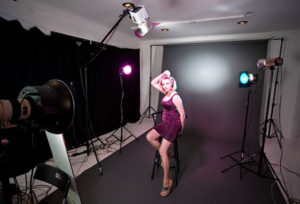
Whether it’s a single person or a group of people, whether it’s captured on site or posing in a photo studio, regardless of whether there is a plot or not, as long as it is a photo that mainly shows the subject’s specific appearance and mental state , All belong to the category of portrait photography. The activities and plots that mainly show characters reflect certain life themes, and the photographic works whose subject’s appearance is not very prominent, whether it is close-up or full-body, can only belong to the category of character photography. Of course, in a broad sense, portrait photography is about people, and it also belongs to portrait photography. Portrait photography is to portray and depict the appearance and demeanor of the subject as its own performance task, and the characters should have a clear appearance. It is divided into three categories: studio portraits, indoor specific environment portraits and outdoor portraits. The requirement of portrait photography is to have both form and spirit.
Documentary Photography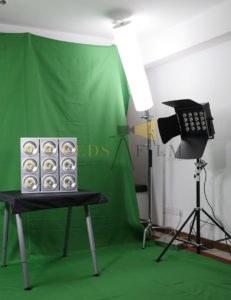
Recording photography refers to photographic photography that takes record as the primary purpose and reflects the true image of objective things. Photography was born for the purpose of recording. The powerful vitality shown after its birth is precisely its recording function. This is unmatched or replaced by other technologies or arts. Therefore, in a broad sense, photography is recording. The result of recording photography is a video recording work.
Correspondingly, video recording works include video news works and video documentary works. The purpose of recording photography (which may not be the only one, but the primary purpose) is to record; the premise is to respect objective reality; the object is the appearance of objective things; the recording method is to reproduce the image by photography. According to the way of recording images and the value they pursue, recording photography is divided into news photography and documentary photography.
(To be continued)
